Have you ever heard of someone’s engine blowing a head gasket? They never sound happy about it! A blown head gasket is a big problem — and an expensive repair.
To understand why a broken head gasket could be such an issue, let’s first discuss about what they do and why they are essential for your vehicle.
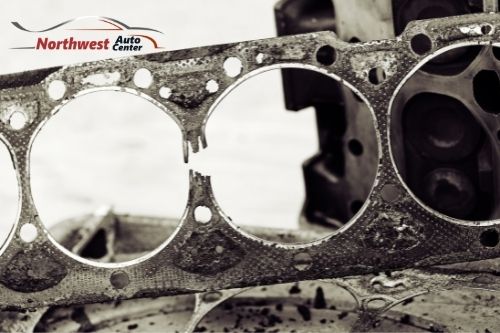
Head Gaskets 101
The head gasket in your vehicle’s engine, retains the gases that are combusting between the engine head/s and the engine block deck.
As your engine works, combustion makes power and head gasket/s prevents liquids (like coolant and oil) from getting into the engine’s combustion chambers. Head gaskets act as barriers between the engine head/s and the engine deck. It keeps everything where it’s supposed to be without any crossover or contamination that could cause damage to your vehicle’s engine components.
However, the head gasket/s can wear over time, significantly weakening the part. Blown head gaskets can happen when an engine severely overheats due to a faulty thermostat, clogged radiator, leaking water pump, radiator, radiator hose or heater hoses or when the coolant in the cooling system is not changed per the O.E.M.’s scheduled maintenance. These are just a few of the main reasons a head gasket/s can fail.
Common Causes of a Blown Head Gasket
Overheating
Intense heat from your engine is a major cause of a failed gasket. In extreme heat situations, the cylinder head/s can become warped or cracked. This causes the head gasket not to seal properly, thereby leading to issues.
Normal Wear and Tear
Like everything, gaskets can deteriorate over time, which will eventually mean replacement. As a car owner, this is part of the responsibility of owning your vehicle, the maintenance by mileage and/or time.
Signs of a Blown Head Gasket
Oil or Coolant Leakage
Many things may result in oil or coolant leakage, but a faulty head gasket is one cause.
Overheating
If your engine overheats excessively, a blown head gasket may be the cause. Have a shop perform a head gasket test. This test shows CO2 presence in the cooling system. This tells the mechanic that exhaust gas is leaking into the cooling system and is indicative of a blown head gasket and/or a cracked or warped head/s.
Whiteish Oil or Exhaust
Whitish/light brown oil (think of milk chocolate or chocolate milk color), can be a sign of a blown gasket head. This means that the coolant and oil are combining in the engine.
If you notice this when checking your engine oil, don’t drive the vehicle. It’s time to immediately visit your local shop as liquids are where they shouldn’t be, which can cause significant damage to other engine components.
Smoke with a Blue Tint
This may also point to a defective head gasket. When oil finds its way into the combustion chamber, it can cause blue smoke to exit the exhaust pipe. (This isn’t the only reason for a bluish smoke exiting the tail pipe though).
How to Prevent a Blown Head Gasket
There are several ways to avoid a blown head gasket. Most come down to proper care, preventative maintenance, and noticing the warning signs early on.
Make sure you are:
- Changing your coolant per the O.E.M.’s maintenance schedule
- Keeping an eye on the engine temperature; if the engine is running hot, stop by your auto shop
It’s not likely you will notice a blown head gasket, except when your engine is running very hot. Again, this isn’t the only cause of overheating, but driving a vehicle while the engine is overheating isn’t smart and can actually cause a blown head gasket and/or crack and warp a head/s. Stop your engine if it’s overheating!
Rule of thumb: if the temperature gauge reads 75% of the gauge, pull the vehicle off the road and turn it off. Call a tow truck and have it towed to a shop to have it checked out.

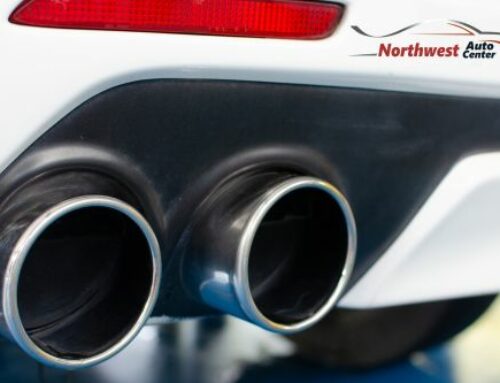

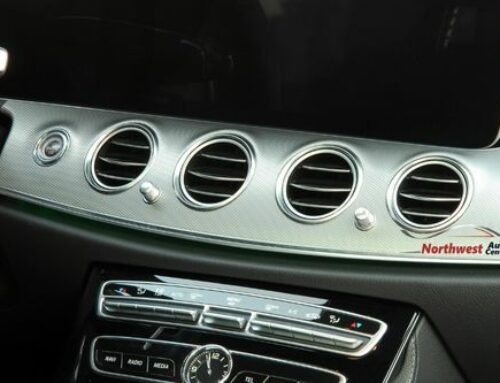
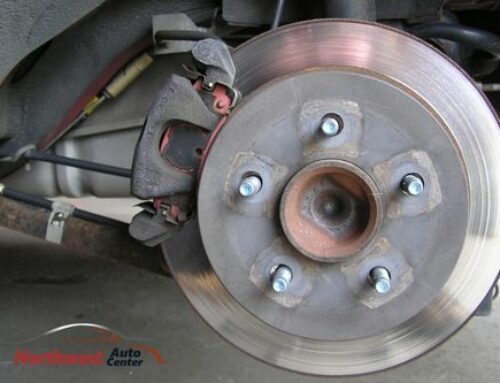
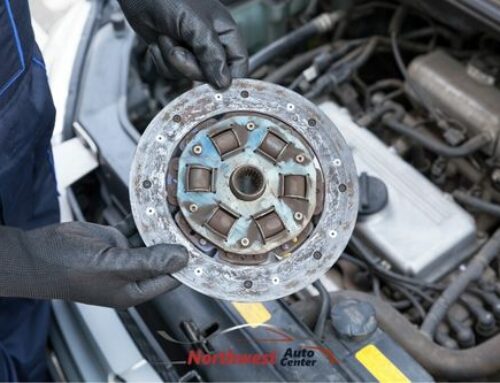
Leave A Comment
You must be logged in to post a comment.